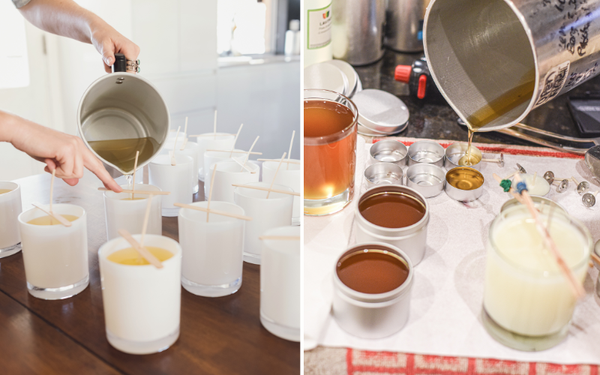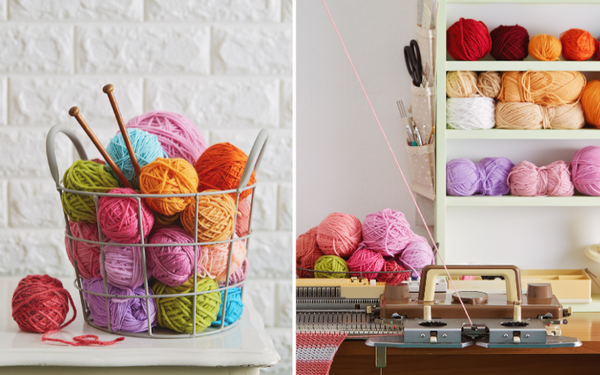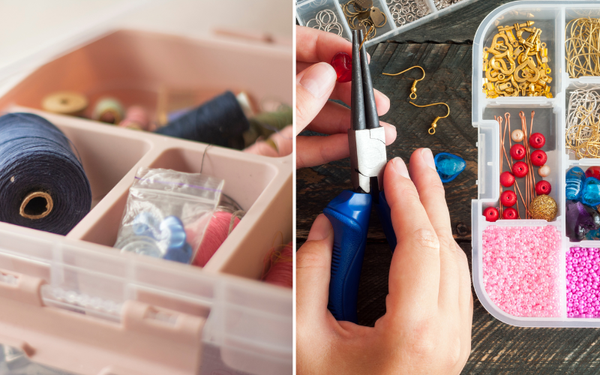Ironing is an essential part of the quilting process. It not only makes your fabric flat and smooth but also helps to set seams, improve accuracy, and add a professional touch to your projects. When it comes to choosing an iron for quilting, there are many options available. But one question that often arises is whether to use a steam iron or a dry iron.
In this blog post, we will examine the pros and cons of using a steam iron when quilting.
Pros of using a steam iron:
Using a steam iron can have many benefits when it comes to quilting. Steam can help remove wrinkles and creases from fabric quickly and effectively, saving you time and effort. Steam can also penetrate through multiple layers of fabric, making it ideal for pressing seams open or flat. Additionally, the moisture from steam can help prevent scorching or burning of your fabric, especially when dealing with delicate or synthetic materials.
Cons of using a steam iron:
While steam can be helpful, it may not always be appropriate for all quilting projects. For example, some fabrics, such as wool or silk, are more sensitive to moisture and may shrink or stretch when steamed. Steam can also cause water spots or bleeding of dyes, particularly on dark or printed fabrics. And if your iron is not properly cleaned or maintained, mineral buildup or rust in the steam vents can damage or stain your fabric.
Alternatives to using a steam iron:
If you are not comfortable using a steam iron or your particular project requires a dry press, there are alternative ironing methods you can try. One option is to use a dry iron with a pressing cloth or a silicone ironing mat to protect your fabric from direct heat. You can also use a spray bottle or a steam generator to add moisture to your work only where needed, without having to activate the steam function on your iron.
Special considerations for quilting irons:
When selecting an iron for quilting, there are some additional features to consider. Look for irons with a pointed or narrow tip, which allows you to navigate tight corners and seams with ease. A lightweight iron can also reduce fatigue and strain on your wrist and hand, especially when working on large or bulky projects. And don’t forget to choose a heat setting appropriate for your fabric type and thickness, as well as a size and shape that fits comfortably in your hand.
Best practices for ironing in quilting:
No matter which type of iron you choose, there are some best practices you should follow when ironing in quilting. Always start with clean, freshly washed fabric and avoid using fabric softeners or dryer sheets, which can leave residue that affects the absorption of moisture. Press or iron in a back-and-forth motion, rather than sliding or rubbing, which can distort or stretch your fabric. And always test a small, inconspicuous area of your fabric before applying heat or moisture to the entire piece.
Conclusion:
So, should you use a steam iron when quilting? The answer is not a simple yes or no. It depends on the fabric, the project, and your personal preference. While steam can be a valuable tool in your quilting arsenal, it’s not always necessary or appropriate. Consider the pros and cons of using a steam iron, explore alternative methods, and choose an iron with features that suit your needs and style. With the right iron and proper technique, you can achieve perfectly pressed quilts that will wow your friends and family for years to come.










